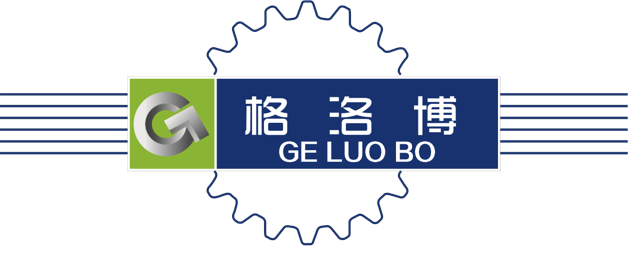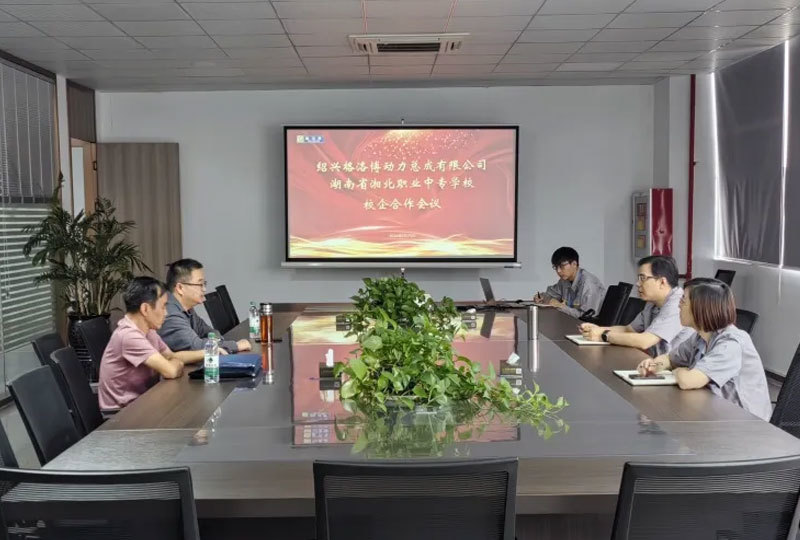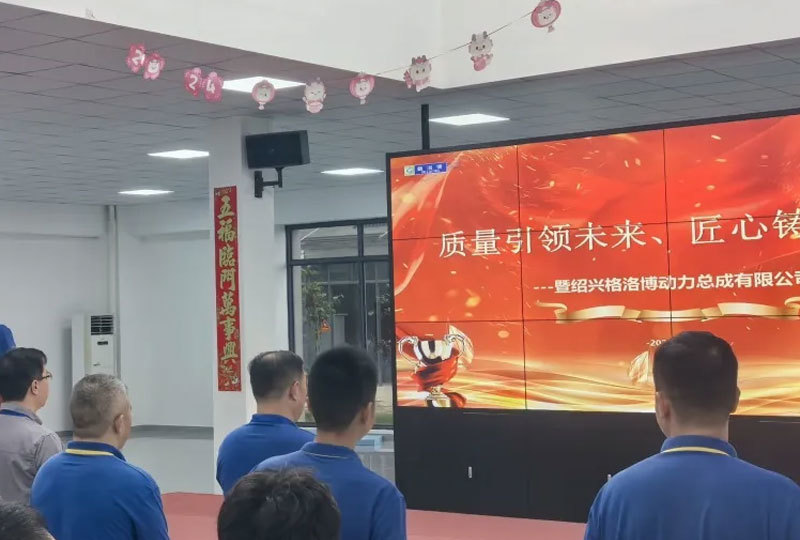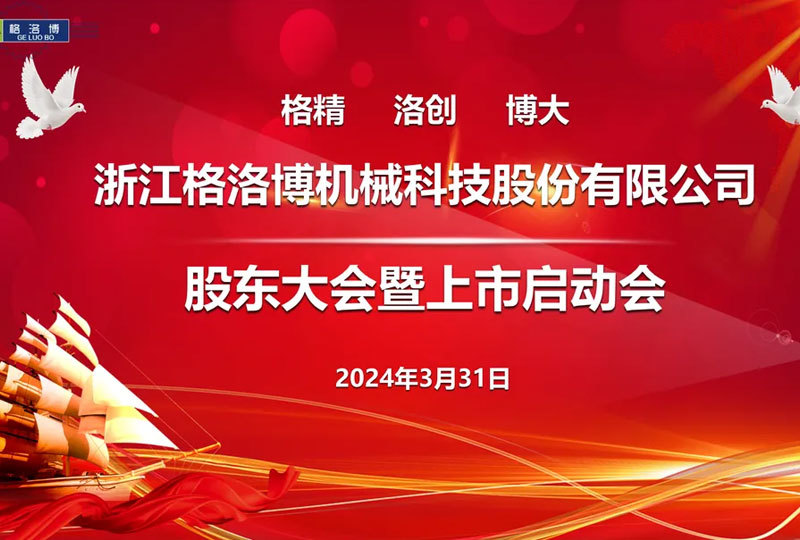Why do pure electric vehicles often use a single-speed transmission?
Release time:
2021-03-23
People who are used to gasoline vehicles generally know that for a car, the more gears the transmission has, the higher the car's value. For example, most ordinary models are equipped with 6-speed or lower transmissions, while luxury models typically have 8-speed, 9-speed, or even 10-speed transmissions. However, this logic does not apply in the realm of pure electric vehicles. The reality is that from low-cost small cars like Zhidou to high-end Teslas costing over a million, almost all pure electric vehicles use a single-speed transmission, commonly referred to as "electric vehicle single-speed transmission," also known as "single-ratio fixed gear transmission." This transmission is something that many industry insiders do not actually consider a transmission; to put it simply, it is just a reducer. For instance, Tesla is equipped with a reducer that has a fixed gear ratio of 9.73 and does not provide shifting functionality. Why do pure electric vehicles not use multi-speed transmissions? This is determined by the characteristics of the electric motor. Unlike an engine, an electric motor can output full power from 0 RPM without the issue of idling. Additionally, the RPM range of an electric motor is broader and higher, generally reaching over 7000-10000 RPM. The role of the reducer is to lower the motor's RPM and transmit power to the wheels. At the same time, the maximum output power of the electric motor can be maintained over a wide RPM range, which can basically cover various operating conditions encountered by the vehicle. Therefore, it only requires a fixed gear ratio reducer, without the need for a complex multi-speed transmission. Electric vehicles use high-speed electric motors that are controlled by an electronic control system for speed regulation. The fixed gear ratio transmission can change the vehicle speed through different gear ratios. This structural disadvantage causes electric vehicles to have high energy consumption at startup, high motor RPM, and a single speed regulation function of the transmission. In high-speed driving conditions, it cannot reduce the motor RPM through a transmission with a gear ratio less than one in overdrive, and the single-speed transmission also limits the vehicle's top speed. Moreover, the motor itself has an automatic speed-changing function. As long as the input power of the motor remains constant, it can automatically find an optimal balance point between output power and output torque without requiring you to control the RPM. This is determined by the inherent electrical characteristics of the motor, so there is no need to use a transmission for control.
People who are used to fuel vehicles generally know that for a car, the more gears the transmission has, the higher the value of the car. For example, ordinary models mostly come with 6-speed or lower transmissions, while luxury models generally have 8-speed, 9-speed, or even 10-speed transmissions. However, this logic does not apply in the field of pure electric vehicles. The reality is that from small cars costing tens of thousands to Teslas costing over a million, almost all pure electric vehicles use a single-speed transmission, which is commonly referred to as "electric vehicle single-speed transmission," also known as "single-gear fixed ratio transmission."
This transmission, in fact, many industry insiders do not consider it a transmission; to put it simply, it is a reducer. For example, Tesla is equipped with a reducer with a fixed ratio of 9.73, which does not provide shifting functionality.
Why do pure electric vehicles not use multi-speed transmissions? This is determined by the characteristics of the electric motor itself. Unlike an engine, an electric motor can output full power from 0 RPM without the idle issues that trouble engines. Moreover, the RPM range of electric motors is wider and higher, generally reaching over 7000-10000 RPM. The role of the reducer is to lower the motor's RPM and transmit power to the wheels. At the same time, the maximum output power of the electric motor can be maintained over a wide RPM range, basically covering various operating conditions encountered by the vehicle. Therefore, it only needs a fixed ratio reducer, without the need for a complex multi-speed transmission.
The high-speed electric motor used in electric vehicles adjusts speed through an electronic control system. The fixed ratio transmission can change the vehicle speed through different gear ratios. This structural disadvantage causes high energy consumption during the start of electric vehicles, high motor RPM, and a single speed adjustment function of the transmission. In high-speed driving conditions, it cannot reduce the motor RPM through a transmission with a gear ratio less than one in the overdrive gear, and the single-speed transmission also limits the vehicle's top speed.
In addition, the motor itself has a self-speed adjustment function. As long as the input power of the motor remains constant, it can automatically find an optimal balance point between output power and output torque without requiring you to control the RPM. This is determined by the inherent electrical characteristics of the motor, so there is no need to use a transmission for control.
The company is based on "specialization and innovation" (specialization, boutique, characteristic, novel), focusing on the research and development, design, production and sales of automobile automatic transmission clutch hub and parts. The company has invested nearly 0.5 billion yuan and introduced nearly 100 sets (sets) of professional production and supporting equipment from the world. It has become one of the enterprises in the domestic gear hub industry with excellent equipment, complete configuration, strong R & D capability, numerous developed products and large production capacity, and has formed an annual production capacity of 4 million pieces (sets).
The company broke the situation that the core components of the automatic transmission gear hub have been monopolized by European and American multinational enterprises, boosted the localization process of automatic transmissions of domestic independent brand automobile enterprises, and led the new era of "intelligent manufacturing in China" of the core components of the automatic transmission gear hub.
Hot information






